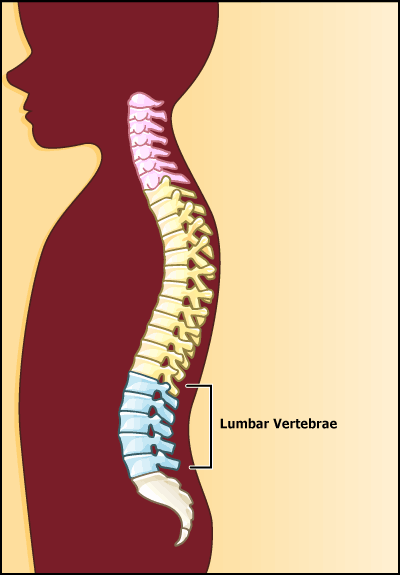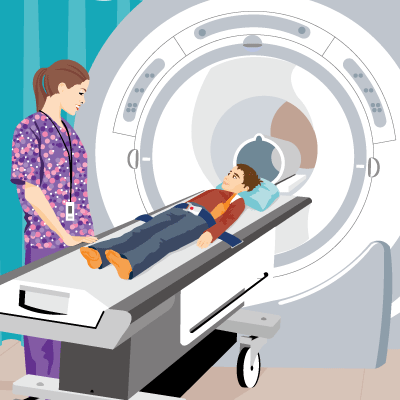- Home
- Parents Home
- Allergy Center
- Asthma Center
- Cancer Center
- Diabetes Center
- A to Z Dictionary
- Emotions & Behavior
- First Aid & Safety
- Food Allergy Center
- General Health
- Growth & Development
- Flu Center
- Heart Health
- Homework Help Center
- Infections
- Diseases & Conditions
- Nutrition & Fitness Center
- Play & Learn Center
- School & Family Life
- Pregnancy Center
- Newborn Center
- Q&A
- Recipes
- Sports Medicine Center
- Doctors & Hospitals
- Videos
- Para Padres
- Home
- Kids Home
- Asthma Center
- Cancer Center
- Movies & More
- Diabetes Center
- Getting Help
- Feelings
- Puberty & Growing Up
- Health Problems of Grown-Ups
- Health Problems
- Homework Center
- How the Body Works
- Illnesses & Injuries
- Nutrition & Fitness Center
- Recipes & Cooking
- Staying Healthy
- Stay Safe Center
- Relax & Unwind Center
- Q&A
- Heart Center
- Videos
- Staying Safe
- Kids' Medical Dictionary
- Para Niños
- Home
- Teens Home
- Asthma Center
- Be Your Best Self Center
- Cancer Center
- Diabetes Center
- Diseases & Conditions
- Drugs & Alcohol
- Expert Answers (Q&A)
- Flu Center
- Homework Help Center
- Infections
- Managing Your Medical Care
- Managing Your Weight
- Nutrition & Fitness Center
- Recipes
- Safety & First Aid
- School & Work
- Sexual Health
- Sports Center
- Stress & Coping Center
- Videos
- Your Body
- Your Mind
- Para Adolescentes
Magnetic Resonance Imaging (MRI): Lumbar Spine
What's an MRI (Magnetic Resonance Imaging)?
An MRI (magnetic resonance imaging) is a safe and painless test that uses magnets and radio waves to make detailed pictures of the body's organs, muscles, soft tissues, and structures. Unlike a CAT scan, an MRI doesn’t use radiation.
MRIs are done in hospitals and at radiology centers.
What Is a Lumbar Spine MRI?
An MRI of the lumbar spine produces detailed pictures of the lumbar spine (the bones, disks, spinal cord, and other structures in the lower back).
Why Are Lumbar Spine MRIs Done?
A lumbar spine MRI can detect a variety of conditions in the lower back, including problems with the bones (vertebrae), soft tissues (such as the spinal cord), nerves, and disks.

Sometimes, doctors order an MRI to check the anatomy of the lumbar spine or to look for injuries in the area. For example, the scan can find areas of the spine where the spinal canal (which contains the spinal cord) is too narrow and might require surgery. It can assess the disks to see if they’re bulging, ruptured, or pressing on the spinal cord or nerves.
The MRI also can help doctors:
- Evaluate symptoms such as lower back pain, leg pain, numbness, tingling or weakness.
- Look into problems with bladder and bowel control.
- Diagnose tumors, bleeding, swelling, and infections or inflammatory conditions in the vertebrae or surrounding tissues.
What if I Have Questions?
If you have questions about the lumbar spine MRI or the results of the test, speak with your doctor. You can also talk to the MRI technician before the exam.


© 1995- The Nemours Foundation. KidsHealth® is a registered trademark of The Nemours Foundation. All rights reserved.
Images sourced by The Nemours Foundation and Getty Images.